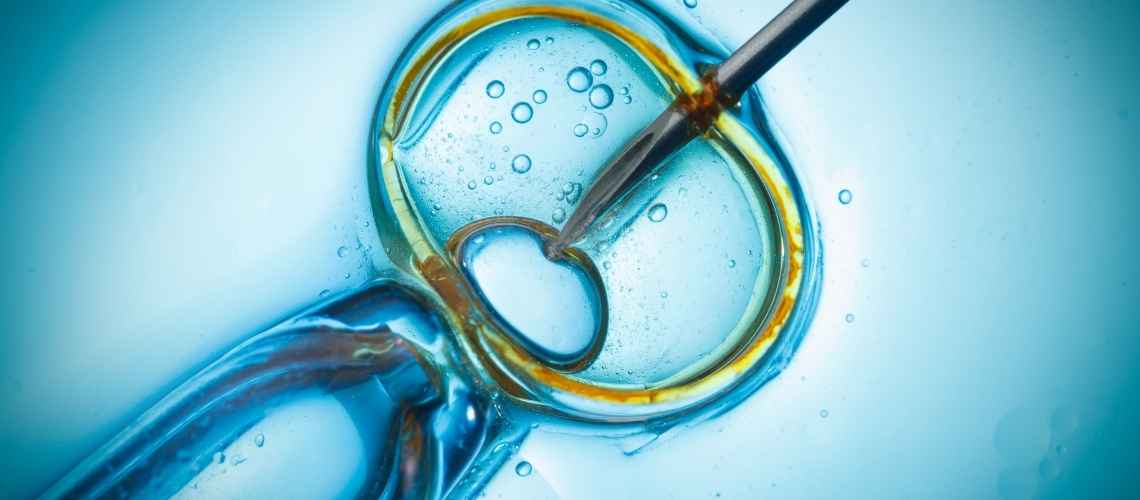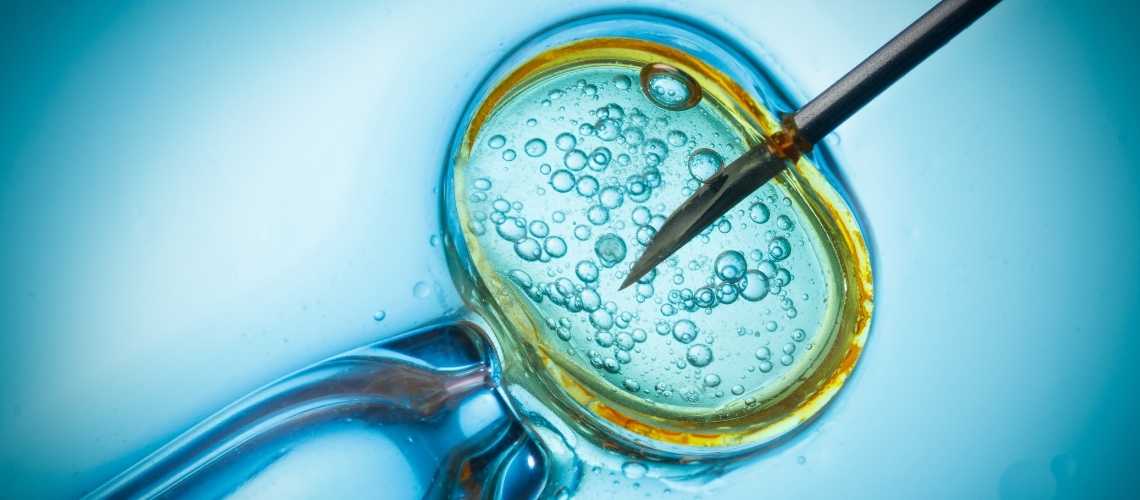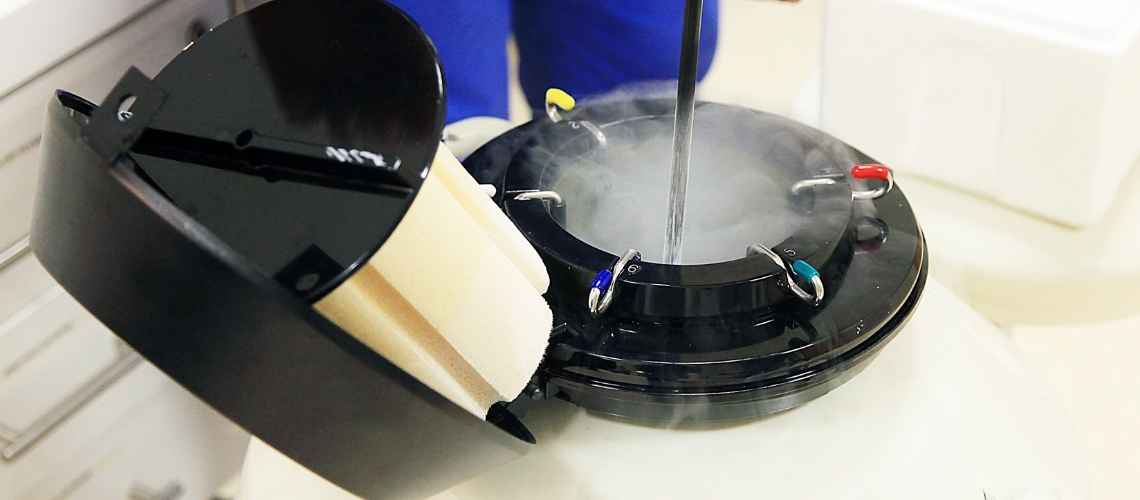Light bleeding or spotting after IVF can be normal, especially during implantation. This occurs when the embryo attaches to the uterine lining, typically within 6–12 days post-transfer, and is often not a sign of treatment failure.
Implantation bleeding in IVF is usually lighter than menstrual flow, presenting as pink or brown discharge. It should not be confused with an early period, and many successful pregnancies continue despite initial spotting.
Heavier bleeding after IVF may indicate menstrual onset or treatment failure. However, it can also occur in viable pregnancies due to cervical sensitivity or hormonal fluctuations. Medical evaluation is essential for proper assessment.
Patients experiencing significant bleeding after IVF should contact their fertility specialist. Monitoring hormone levels and ultrasound examinations help distinguish between implantation bleeding, biochemical pregnancy, or other causes requiring intervention.
Should I expect bleeding after IVF?
IVF treatment has distinct effects on different people. It is impossible to predict with confidence whether a woman will experience bleeding or spotting following IVF because no two bodies are the same.
Many women successfully complete all stages of IVF treatment without bleeding. However, many people report light bleeding or spotting following particular IVF rounds. Light bleeding during the IVF procedure should not raise an instant alarm for the woman. (1)
When will I experience bleeding or spotting?
It is normal for people to experience bleeding after specific stages of IVF treatment, much like some women experience light spotting after a standard pelvic exam. The stages of treatment during which bleeding and spots are most likely to occur are:
- Ovarian stimulation:
Fertility medications are used in the initial stages of IVF treatment to stimulate the ovaries. Similar to premenstrual days, light bleeding or spotting is typical as a result of changes in a woman’s hormone levels.
- Egg retrieval:
A catheter and needle are inserted through the vaginal wall to harvest mature eggs from the uterus during egg retrieval. Consequences of this procedure include cramping, discomfort, and light bleeding.
- Embryo transfer:
A catheter is inserted through the cervical opening and into the uterus during the embryo transfer. Similar to egg retrieval, this stage of treatment could result in little pain and cramping. In the days following this procedure, light bleeding in women is also not uncommon. (2)
What is implantation bleeding?
Bleeding during pregnancy after IVF is called implantation bleeding. During the first several weeks of pregnancy, the uterus receives a lot of blood washing. This makes bleeding simpler.
The embryo may rupture some blood vessels as it adheres to the endometrium, resulting in very minor vaginal bleeding. This is completely normal and you shouldn’t panic.
Not all pregnant women have implantation bleeding, and once it does, it is not typical to see it in the following pregnancies. This fact should not be overlooked.
Implantation bleeding is not an indicator of a difficult or stressful procedure. It simply means that the endometrial tissue and the embryo are precisely positioned to allow for the essential exchange of nutrients during pregnancy. (3)
When does implantation bleeding happen?
The embryo reaches the uterus between 5 to 6 days after fertilization with the goal of implanting it into the endometrium so that pregnancy can happen.
Between the seventh and the twelfth days following fertilization, this process occurs. Because of this, the smallest bleeding may be mistaken for the start of a menstrual period. (4)
Do I need to report bleeding or spotting to my doctor?
In most cases, bleeding and spotting are not causing concern and do not need to be reported to a doctor. Women should be monitored for bleeding so that they can be reported as soon as possible if signs of potential complications develop. If bleeding or spotting persists for more than a few days, is heavy, and is accompanied by severe discomfort, nausea or cramps, it should be reported.
When to Differentiate Between Bleeding and Menstruation After IVF
After undergoing IVF, spotting or bleeding might occur, leaving individuals puzzled about its origin. This situation demands a keen understanding of the differences between implantation and menstrual bleeding.
- Implantation bleeding manifests as a lighter, short-lived discharge, generally lasting from one to two days. The color of this blood can vary, appearing pink, brown, or even black, signaling the embryo’s attachment to the uterine lining. Typically, this occurs six to twelve days following the egg retrieval process.
- On the other hand, menstrual bleeding presents a more substantial flow and can persist for three to seven days. The blood is often bright red, indicating the body’s response to a non-successful implantation.
Therefore, discerning between the two types of bleeding after IVF is crucial. Implantation bleeding is usually lighter and of a different color than menstrual bleeding. Furthermore, the timing post-egg retrieval can provide additional clues. Recognizing these differences aids in managing expectations and determining the next steps in the IVF journey. Understanding these nuances ensures better preparedness and a more informed approach to post-IVF care.
Source:
Pezeshki, K., Feldman, J., Stein, D. E., Lobel, S. M., & Grazi, R. V. (2000). Bleeding and spontaneous abortion after therapy for infertility. Fertility and Sterility, 74(3), 504-508.








